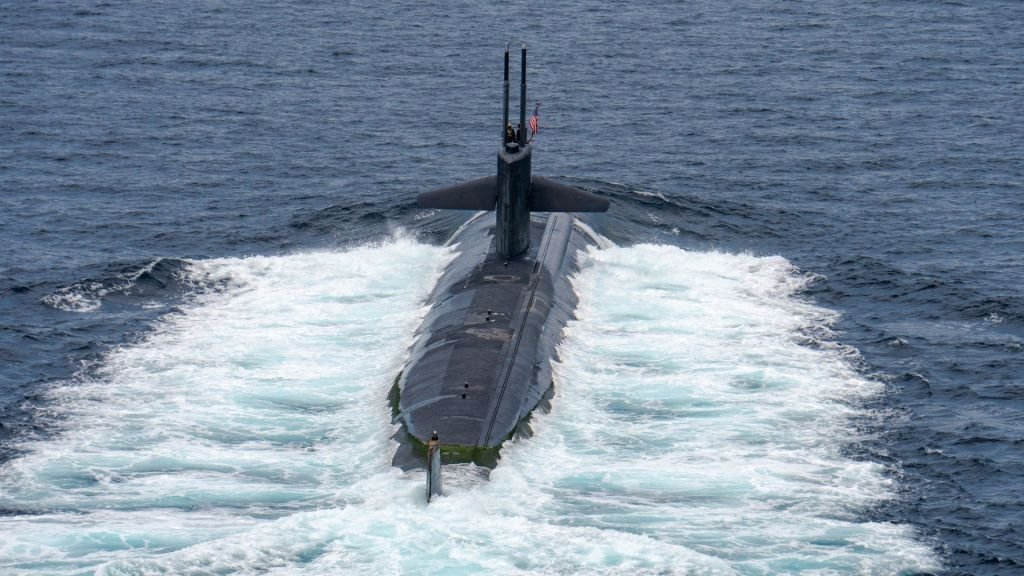
April 16, 2025 | Weihai, China:
As US-China tensions escalate in the contested South China Sea, Chinese scientists have revealed a major advancement in underwater surveillance technology that could reshape the balance in anti-submarine warfare. A newly developed drone-mounted quantum sensor, leveraging Coherent Population Trapping (CPT) atomic magnetometry, has achieved unprecedented picotesla-level sensitivity, enabling precise magnetic anomaly detection even in the challenging low-latitude regions.
Traditional submarine detection systems, such as optically pumped magnetometers (OPMs), face performance limitations in equatorial zones like the South China Sea, where the Earth’s magnetic field runs nearly parallel to the surface. This alignment can create “blind zones,” significantly reducing the reliability of submarine tracking. However, the CPT-based device bypasses this issue by utilizing Zeeman splitting in rubidium atoms, generating seven distinct microwave resonance signals that maintain sensitivity regardless of orientation.
According to a peer-reviewed study published in the Chinese Journal of Scientific Instrument on April 16, the system, developed by Wang Xuefeng and colleagues at the Quantum Engineering Research Centre under China Aerospace Science and Technology Corporation (CASC), recorded a design sensitivity of 8 picotesla. It matches the capabilities of the MAD-XR system, used by NATO allies, but at significantly lower cost and complexity.
In field trials off Weihai, Shandong province, the quantum sensor was towed by a rotor drone via a 20-metre cable to minimize electromagnetic interference. Data gathered over a 400 by 300-meter grid achieved raw precision of 2.517 nanotesla, refined to 0.849 nT post-correction. Two separate surveys demonstrated a 99.8% correlation in mapping results, with a root mean square error of just 1.149 nT, indicating robust real-world performance.
While the technology holds promise for non-military uses including mapping seabed resources, archaeological sites, and tectonic activity its defense applications are clear. The compact, single-probe Chinese system rivals the multi-sensor MAD-XR, especially in the low-latitude waters where Western systems falter.
Still, experts caution that the system’s battlefield viability remains unproven under extreme operational conditions. While MAD-XR benefits from extensive field data, China’s new platform will require further testing. Meanwhile, research into next-gen sensors like the ultra-sensitive Spin-Exchange Relaxation-Free (SERF) detectors continues, hinting at even greater leaps in underwater stealth and detection.

